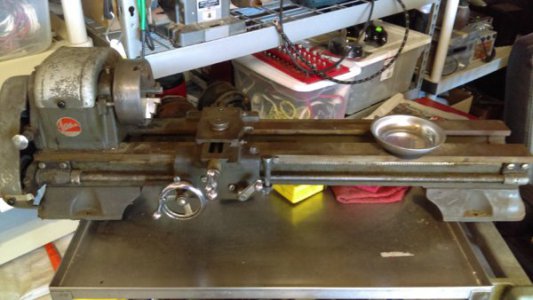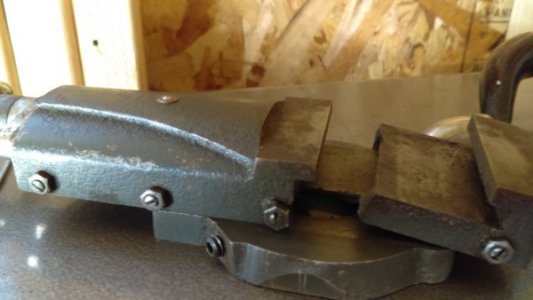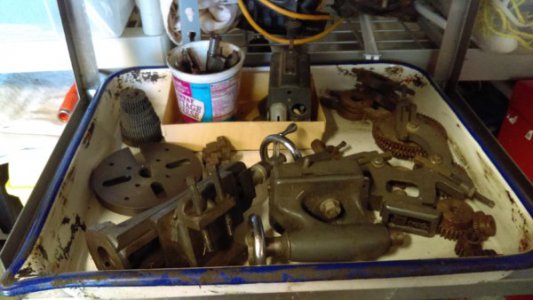Hello all, Ive been playing with my 109 that I rebuilt last year and with the help of the forum members Ive been able to get some decent results on the machine, so thanks again. I periodically check local classifieds for items of interest and came across "Two lathes for parts" Basically it was a Dunlap 109 in pieces and an Atlas 618 in pieces. I saw the 618 came with enough tooling to make it worth my time to check it out. From what I could tell the 618 is complete though the compound tool rest is broken, but had the milling attachment, steady rest, and other misc items so I decided to take it home. Upon inspection aside from the broken tool rest, the 618 looks minimally used and should clean up nicely. The 109 will be used for parts on my 109 as the planetary gear is a lost cause. Looks like I found my summertime project, anything I should checkout on the 618 before I dedicate time and money on it?






